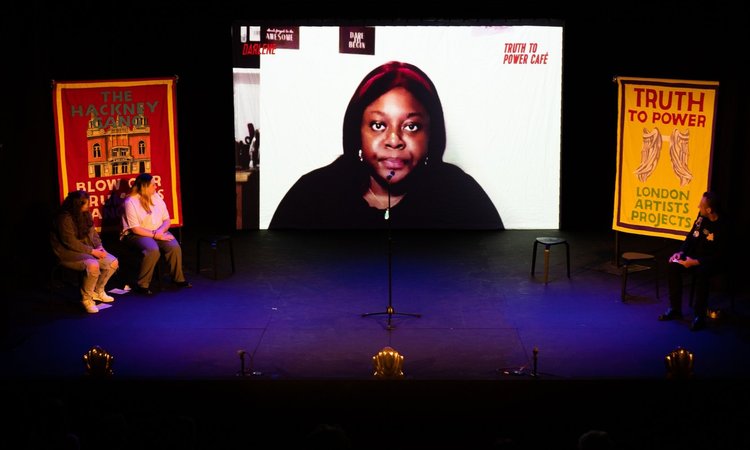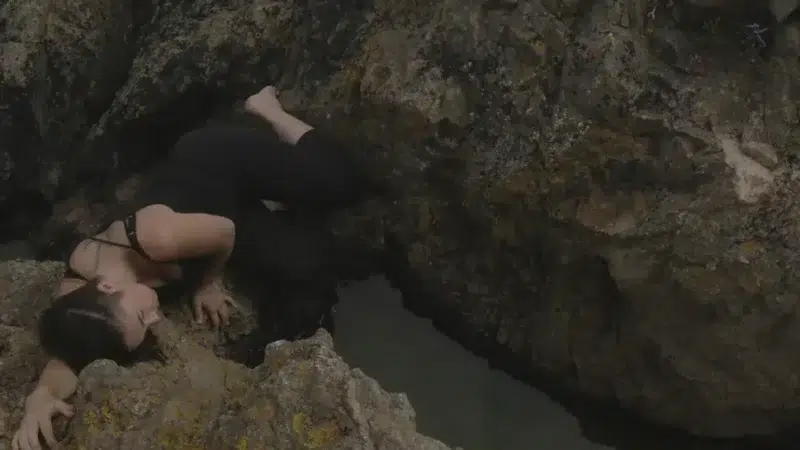When it comes to promoting your content, it might seem like there are many obstacles in getting traction online. Here Rob Lindsay, The Space’s Head of Programmes, and Sarah Fortescue, A Space associate, give some insight and advice on digital promotion and distribution.
Every promotion needs a story
As social media is a platform where you share stories, both Rob and Sarah stress the importance of storytelling in digital promotion:
“When you’re doing digital marketing, you’re in the same spaces as everyone else, and they’re telling stories – and that’s what people are looking for,” Rob emphasised.
With an influx of stories on social media, good stories are going to stand out and that means that promotional content needs to capture internet users’ attention.
“Your audiences are quite sceptical about advertisements, they are aware that 1 in 3, possibly 1 in 4 posts is going to be a sponsored ad, a boosted ad, or suggested content. You need to work quickly and hone those storytelling skills,” Rob suggests.
“You are in their social space. The storytelling element is making something that is relatable to them. Making it relatable, but also explaining, in a very short amount of time, why something is going to be worth their time. And the simplest way to do that is by telling a story: think about how it’s going to impact them, how it’s going to make their life different, what they’re going to get from it?” Sarah added.
Top tips for effective storytelling in promotional content
1. Condense the message
Your promotional content is a “snapshot of what people are going to see, an insight to what they are going to see, and what they are going to get out of it,” Sarah explains.
Make sure it acts as a good introduction to the performance or exhibition. Every piece of digital promotional material needs to act as a first impression. A mistake to avoid is the serialisation of promotional content, as Rob describes below.
“The most common mistakes I see is organisations that put videos out and they’ve not bothered to explain things that they explained in the last video. They anticipate that people are going to sit and watch each one. If a thousand people watched the first video, you’re saying that the second video won’t be relevant to more than a thousand people. Maybe only 900 people watched that, and then the next one is relevant to [even fewer]. This serialisation doesn’t work. Everything needs to work as a good first impression, as a good ‘calling card.’
2. Be mindful of the logistics of the content first
It is important to ask these questions: When can they see it, and where can they see it? It is “important to have the conversation about which platform to put your content on and make those decisions before you make the materials. If you’ve already made something and you’re trying to work out where to put it, it’s too late. The best platform to put your content on is the platform you made the content for. Each platform has its own cultures, expectations, and visual grammar. You need to take that into account when you make something in the first place,” Rob added.
3. Don’t waste any time
“Online attention spans are frustratingly small,” Sarah states. Get to the point immediately, and keep it succinct and concise. For trailers, it is important to get your audience hooked within the first 3 seconds, as internet users will continue scrolling otherwise.
Rob gives an example of a common mistake of wasting time:
“There are lots of people making marketing assets, they want to make something to promote the show, and they do a sit-down interview with the director. The director starts talking about something else, and whomever the editor is thinks ‘ah this is really nice, that was really interesting what he said there.’ Suddenly what was a one-minute video telling a succinct story starts getting bloated, going off on tangents and side roads. Don’t waste time! Remember the story you’re trying to tell. Remember who your audiences are. Just stick to it. There are so many people with good stories who throw them away on rambly tangents in the middle of it. That confuses your audience… time’s crucial.”
4. Show off but don’t reveal everything
Your promotional content needs to sell, so don’t be afraid to show off. Finding a middle ground between keeping too much back and spoiling everything is crucial. Highlights are a good example of showing enough to create engagement, but not enough to create spoilers.
5. Make it representative of the show that you’re trying to sell
“If it’s a comedy, show a joke. Show the audience laughing. Show what you, as the audience member, are going to get out of it…If it’s a dramatic piece, you can tell that through the music, underscoring it, and through the pace of the cuts in the trailer. Strike a tone that is representative of the show that you’re going to see.”
“Always use texts or quotes to highlight what they are going to get out of it. To tell them, this is what someone else get out of it – ‘this is the most brilliant thing I’ve ever seen!’
How useful was this resource?




